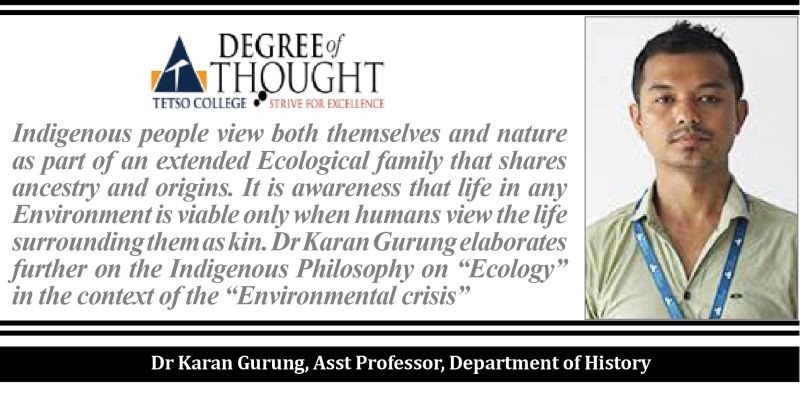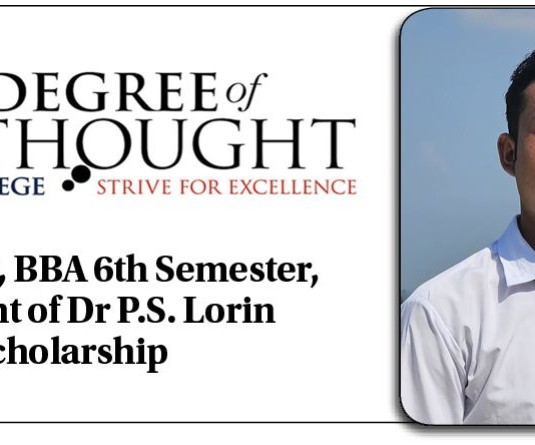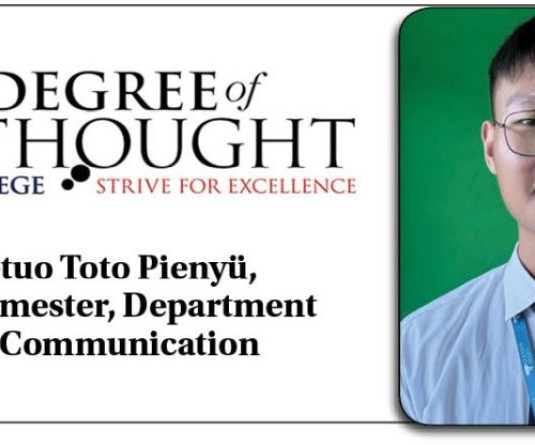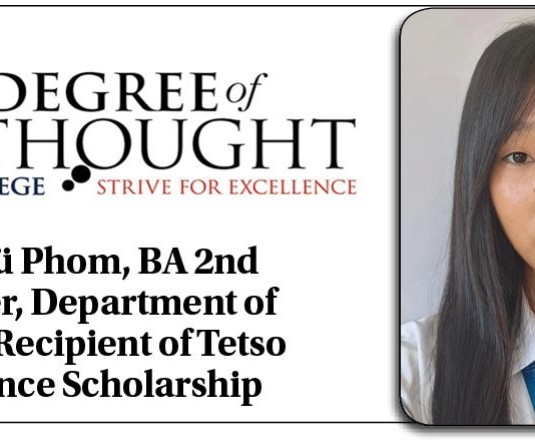
Our world in the 21st century is going through tumultuous times in the wake of globalization and liberalization of economy. One specific domain in which the changes wrought have been especially catastrophic is in the area of environment and ecology. It is argued here that failure on the part of modern environmental discourse to articulate the grievances of people affected by concerns and issues vis-à-vis the environment is primarily responsible for the growing indifference, inaction and the absence of political will in the public domain. Environment today has been reduced to just another department in the government administration and a fashionable subject of academic study.
Many of the environmental issues prioritized by the special breed of environmentalists and state authorities have been shaped by western concerns andexist merely to conform to their ideals and positions. This has led to an utter disregard for issues that impact communities and their environment directly such as recurring floods, river pollution, air pollution, or a dramatic decline and disappearance of plant, animal or avarian species. All these factors have contributed to a sense of alienation and the lack of any real connection with some of the use and abuses of natural resources articulated by popular environmental discourses. In contrast to such passive, exclusionist and non-participatory modality indigenous view of environment and ecology in the margins takes on a completely different approach to problems of environment. Consider this folktale about man-wildlife conflict among the Angami Nagas passed down in their oral tradition:
“There was once a couple who had a young son. They loved their son so much that he was never taken to work in the fields. However it turned out that as the mother and father labored in the field, a hoard of wild boar would keep destroying their crops. They tried to drive the hoard out but were unsuccessful each time. This situation went on for some time until their neighbors told the son how his parents were busy driving wild boars out of their field and returned crying each day while he remained at home. The son on hearing this sharpened his dao and spear and went to hunt the boars without the knowledge of his parents.
Once he reached the field he saw many wild boars damaging the crops. He drove the hoard away which escaped into a cavernous pitnot far from the field. He followed them into the pit and later discovered that he had entered the village of the spirits. There he came across a girl standing in the yard of her house. As soon as she saw him she yelled at him for chasing after her boars. He responded by explaining how her pigs were eating and destroying his parents crops. She asked him to stop chasing the boars and invited him into her house. She laid out food and drinks for him and they continued talking till evening. As the time for her parents to return home approached, she walked up to a pillar in the house and muttered a spell, ‘stone open up’ and as soon as she said this, the pillar opened up and she hid the young man inside it from her parents.
Once her parents left home the next day she would free the young man again and they would spend their time together. This continued for some time and they soon fell in love with each other and decided to get married. One night the girl asked her parents to grant her a wish and the parents consented. So she told them about the earthly boy and afterwards went up to the pillar and uttered, ‘stone open up’ and the young man emerged. As the young man was handsome the parents agreed to let them get married. The parents proceeded to prepare two baskets for them to carry to the young man’s village, warning them not to open the basket until they reach their destination. With their baskets, the couple got ready to leave for the man house, on their way the young man could not contain his curiosity and opened his basket. As soon as his basket was opened countless animals started jumping out of the basket and escaped into the forest. On the other hand, the girl reached the village with her unopened basket and out from her basket came numerous animals that became present day domesticated animals. Hence, domestic animals are referred to as the women’s animals and the wild animals are called the men’s animals.”
The above story is a unique tale of man-animal conflict collected by this author from the Angami tribe of Khonoma Nagaland. It provides a commentary on the values of ecological co-existence foundational to indigenous communities. There are many narrative threads that one can pick up in the story but the point I would like to zero in here is how this story as part of the knowledge system of the people and passed down in the oral tradition becomes an effective pedagogical tool to disseminate and instill awareness about the nuances of ecology and our broader connection with the natural world.
It should be kept in mind that human-wildlife conflict is still one of the biggest challenges facing modern industrial societies today. However the narrative discussed here is not burdened by advanced technical jargons such as habitat loss or climate changes which are often cited as some of the causes for the human-wildlife conflict. Correspondingly, the conflict is resolved not through any direct human intervention such as the young boy hunting down the hoard of wild boars, or by cordoning and fencing off the perimeters of what is considered human and wildlife, and nor through translocation i.e., the moving of wild animals to another habitat that is common is scientific forestry practices.
The conflict between the young boy seeking retribution and the wild beast that is going berserk is settled through a completely unorthodox and indirect means. It involves the marriage of the boy who represent the realm of the human material world and girl who is the embodiment of the spiritual plane of existence. Harmony in nature in the Angami worldview is conceived as a union between mundane material world and a higher spiritual order. The manifestation of wild and domestic animals from the two baskets provides the necessary conditions for the establishment of equilibrium to finally offset the conflict.
The indigenous concept of ecology posits a deep individual connection with the natural world that is imbued with spirits. Nature is viewed not merely as a physical geological entity to be manipulated for unrestrained exploitation but endowed with creative powers that provide the human beings with sustenance and well being.
The state of apathy and inertia that characterizes modern environmental discourse can be attributed to absence of this connection with the natural world. Hence a human agency that remains largely removed from the cataclysmic events wrought by ecological destruction and devastation. By bringing human agency to the forefront and creatively depicting the manifold ways in which humans and elements in the natural world interact to build a sustainable culture modern environmental discourse can perhaps articulate a coherent alternative that is able to inspire and motivate people towards collective action. A coherent alternative that can help people in effectively responding to the imminent dangers of environmental degradation and loss.
Degree of Thought is a weekly community column initiated by Tetso College in partnership with The Morung Express. Degree of Thought will delve into the social, cultural, political and educational issues around us. The views expressed here do not reflect the opinion of the institution. Tetso College is a NAAC Accredited UGC recognised Commerce and Arts College. The editors are Dr Hewasa Lorin, Dr Aniruddha Babar, Khangpuiliu Pamei, Rinsit Sareo, Meren and Kvulo Lorin. For feedback or comments please email: dot@tetsocollege.org.






